FEATURE ARTICLE SUSTAINABILITY: BRIDGE TO THE FUTURE 3

The world’s wind electricity generation has approximately tripled in the past decade.
Due to the accelerated shift to renewable energy, it is expected that new construction of offshore wind farms will increase.

Whether a site is suitable for a wind farm depends heavily on wind conditions. This requires the formulation of business plans that consider seasonal changes in addition to wind volume and direction.

Unlike Europe, offshore wind farms in Asia must accommodate rough waves and typhoons,
but there are expectations that knowledge gained abroad can be applied in Japan.
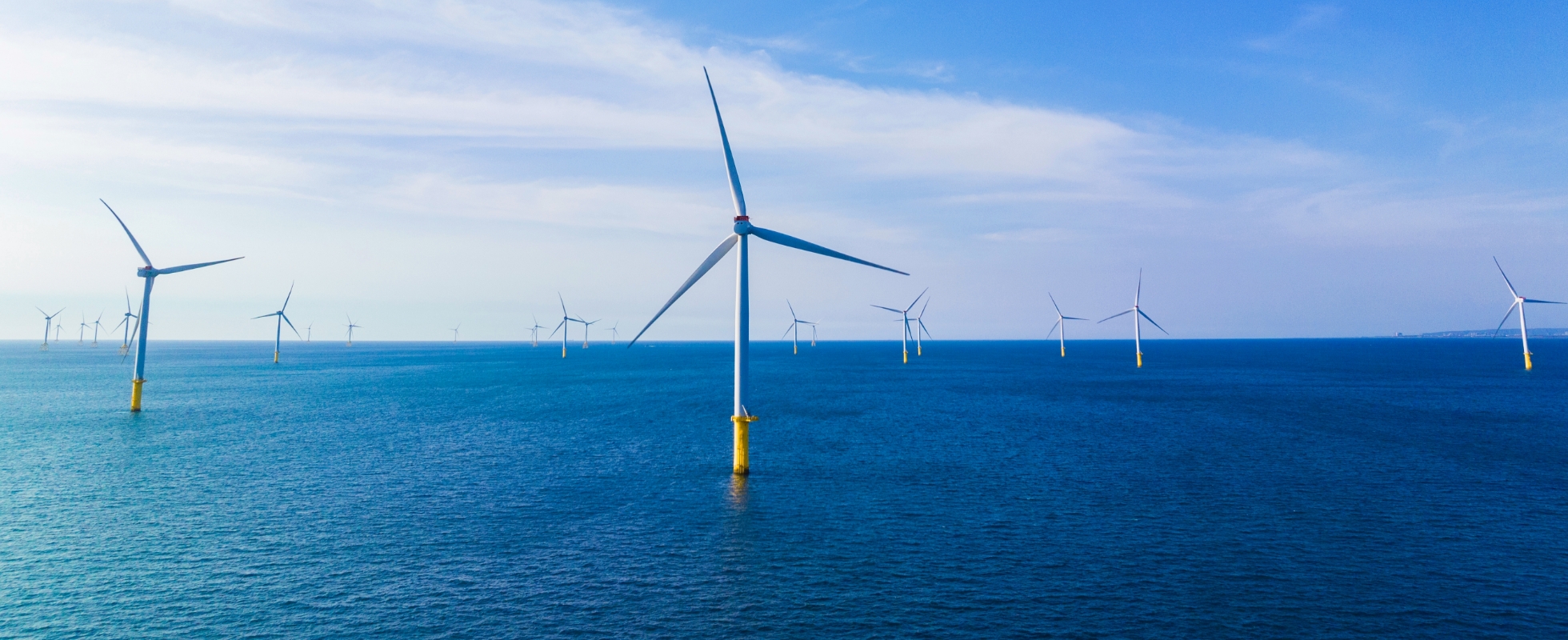
Europe is the home of offshore wind power.
The race is on for sites with good wind conditions
Following solar power, the potential of wind power as a renewable energy source is attracting worldwide attention. Solar power requires expansive tracts of land or facilities to install panels, and becomes inoperable at night. In comparison, wind power has the advantage of being able to generate electricity day or night as long as there is a wind.
According to the International Renewable Energy Agency (IRENA), global wind power generation approximately tripled in the 10 years from 2013 to 2022.
There are two types of wind power: onshore and offshore. Of the two, recent years have seen offshore wind power gaining traction, with Europe holding a majority share.
Currently, offshore wind power is primarily the “fixed” type in which the turbine is mounted on a foundation affixed to the seabed. It is said that suitable sites for these fixed turbines
are generally waters less than 60 meters deep. On the other hand, the “floating” type, where turbines float on the ocean surface, is seen as having greater future potential since it can be used in deep waters, increasing possible locations.
Offshore wind power is popular in the United Kingdom and Scandinavia as they are surrounded by the sea and lie within the zone of the prevailing westerly winds. In the UK, wind power accounts for more than a quarter of all electricity consumed.
“I think this is largely due to the fact that Europe had good access to sites with good wind conditions,” explains IWAORI Kyohei of JBIC's Infrastructure and Environment Finance Group. He says that because Europe had many places with suitable wind volume and direction, it was easy to make investments.
“The key to wind power development is just how quickly you can find and secure sites with good wind conditions. Of course, in the case of Europe, I think the fact that a system was in place from early on to support the development of renewable energy was also instrumental.”

Deputy Director
Division 2 (EMEA & Americas)
New Energy and Power Finance Department I, Infrastructure and Environment Finance Group, JBIC
IWAORI Kyohei
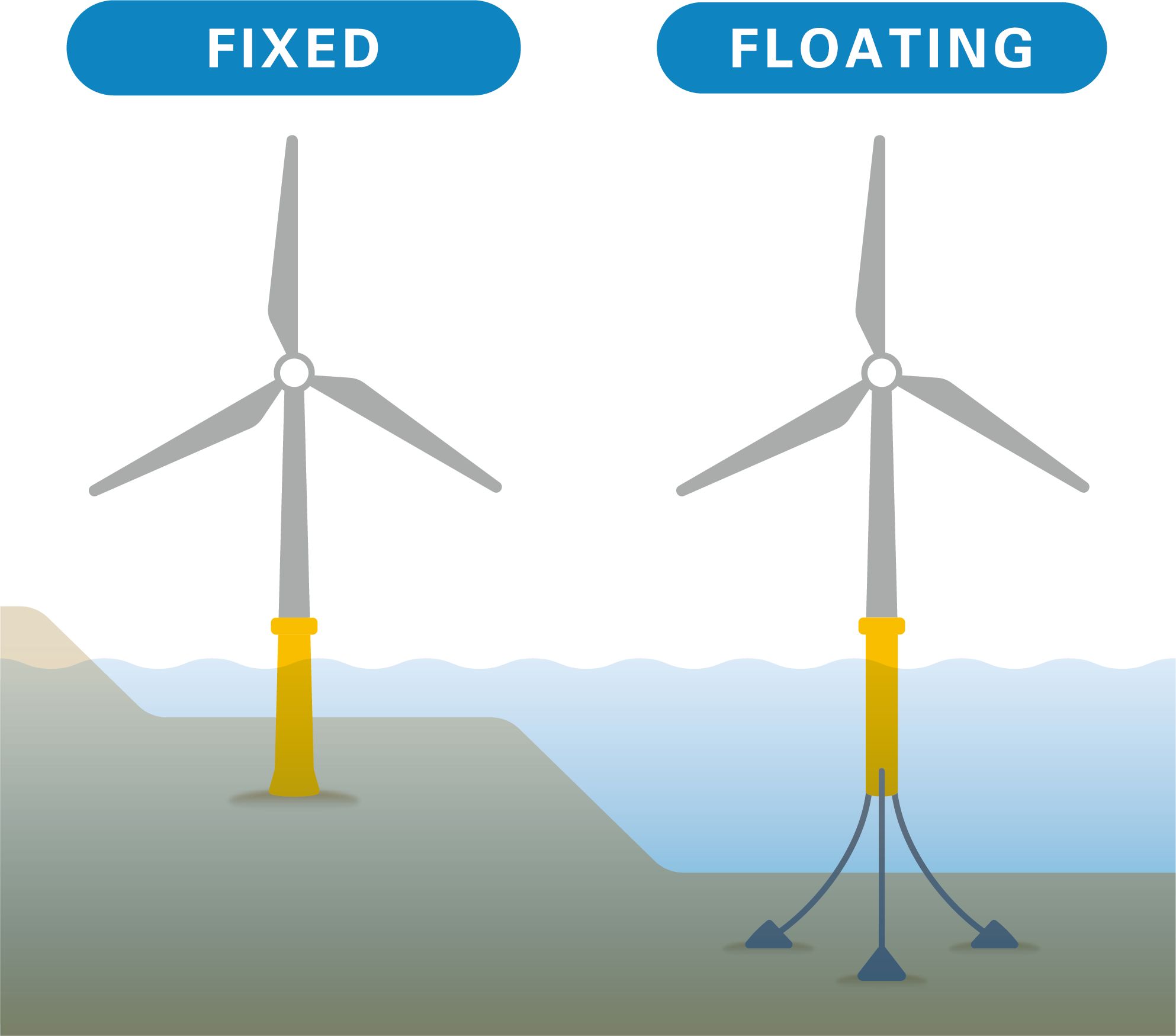
Areas suitable for fixed or floating wind turbines depend on the depth of the waters. The floating type is very suitable for a country like Japan, where shallow waters are limited. Floating turbines are still in the pilot stage, with expectations rising for developments that also apply the strengths of Japanese technology in areas such as shipbuilding.
JBIC is also participating in this booming European market through French offshore wind farm projects. In April 2023, JBIC signed loan agreements for project financing (PF) of two French offshore wind farm projects (Noirmoutier and Le Tréport), in which Sumitomo Corporation and other companies have also invested.
Loans of up to approximately EUR1.1 billion will be provided to Noirmoutier (total co-financing amount: approx. EUR2.2 billion) and up to approximately EUR1.1 billion to Le Tréport (total co-financing amount: approx. EUR2.4 billion). They will each build, own, and operate an offshore wind farm with a generation capacity of approximately 500MW, and after the start of commercial operations, the electricity generated will be sold to state-owned EDF (Électricité de France) for a duration of 20 years.
The French government enacted the Law on Energy and Climate in 2019, which set a target of having renewables account for at least 40 percent of total electricity generation by 2030. This included a plan to increase offshore wind power capacity to 2.4GW in 2023 and to 5GW in 2028. As these two projects were a part of that plan’s measures, it was necessary to quickly finalize them.
SASAKI Kensuke, who worked with IWAORI on these projects, says, “This was JBIC’s first offshore wind farm project in France. As there was a large amount of money involved and challenges unique to France, while involving the Representative Office in Paris, we worked from various angles to finalize the scheme.”
One of the challenges JBIC faced was the fact that it did not possess the license required for direct financing in France. However, it was able to complete the deal by demonstrating that even such a foreign financial institution could quickly structure a project.
According to SASAKI, “We gained their understanding by pointing to an offshore wind farm project in the UK that we supported in 2018 as an example of our achievements in Europe, and proposing a PF project and financing scheme in collaboration with local financial institutions.”

Division 2 (EMEA & Americas)
New Energy and Power Finance Department I, Infrastructure and Environment Finance Group, JBIC
SASAKI Kensuke
The expansion of onshore wind farms in Egypt supports the transition from thermal power to renewable energy
Offshore wind is driving the market in terms of new construction starts, but with onshore turbines becoming larger, there is still room for more development of these wind farms if sites with good wind conditions can be secured. A case in point is a PF project for which JBIC signed a loan agreement in March 2023 with an Egyptian company. Investors include Toyota Tsusho Corporation and Eurus Energy Holdings Corporation.
“This second project builds on the success of the first one, for which we signed a loan agreement in 2017, by increasing the electricity generation capacity,” explains OGAWA Riki, who was in charge of this project for JBIC.
The Egyptian government aims to increase the share of renewable energy sources in the electricity mix to 35 percent by 2030, and to 42 percent by 2035. It is expected that this project will help promote Egypt’s shift to renewable energy from the thermal power generation on which it is heavily dependent.
“The area where the wind farm will be located is subject to seasonal wind patterns, with conditions worsening in winter compared to summer. We put together a repayment plan that takes this into account so that the project can proceed smoothly,” says OGAWA.
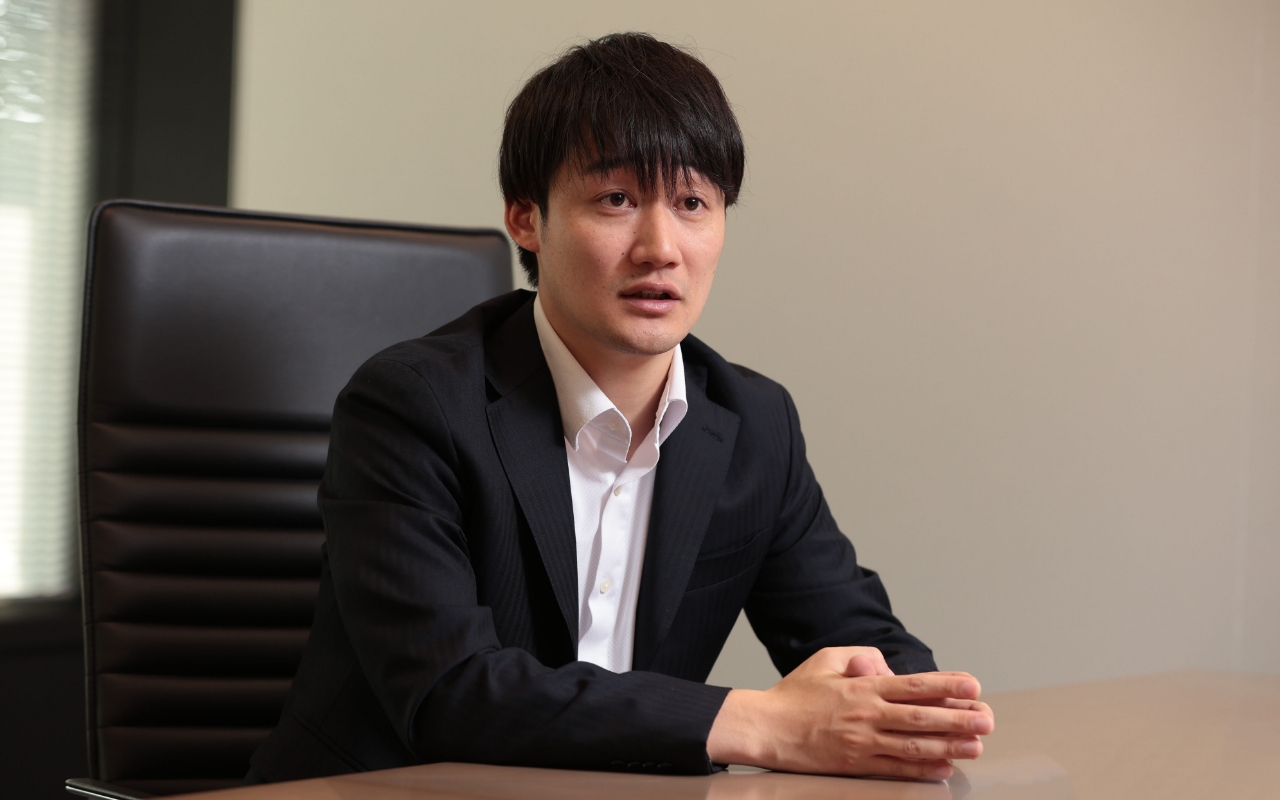
Division 2 (EMEA & Americas)
New Energy and Power Finance Department I, Infrastructure and Environment Finance Group, JBIC
OGAWA Riki
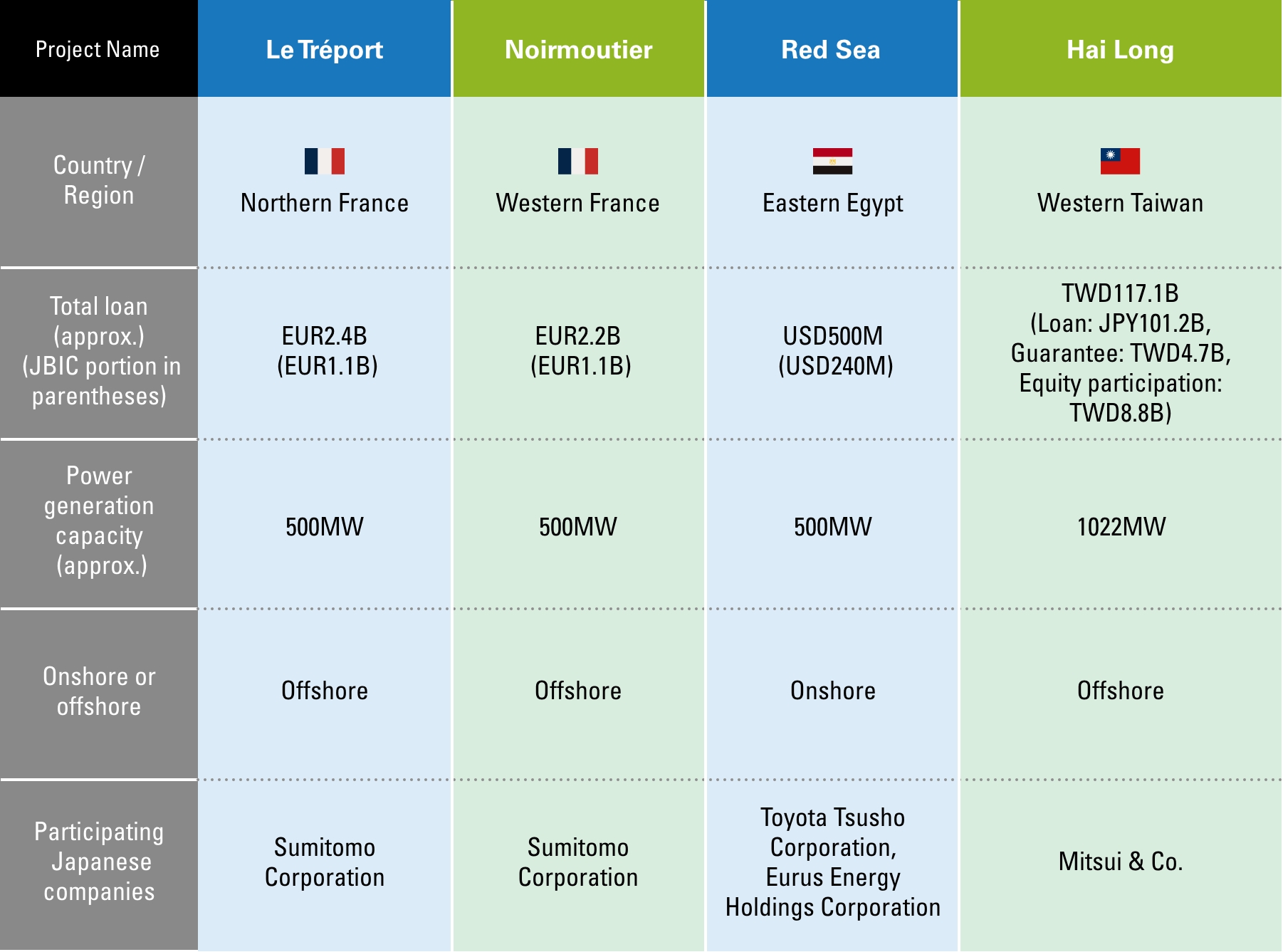
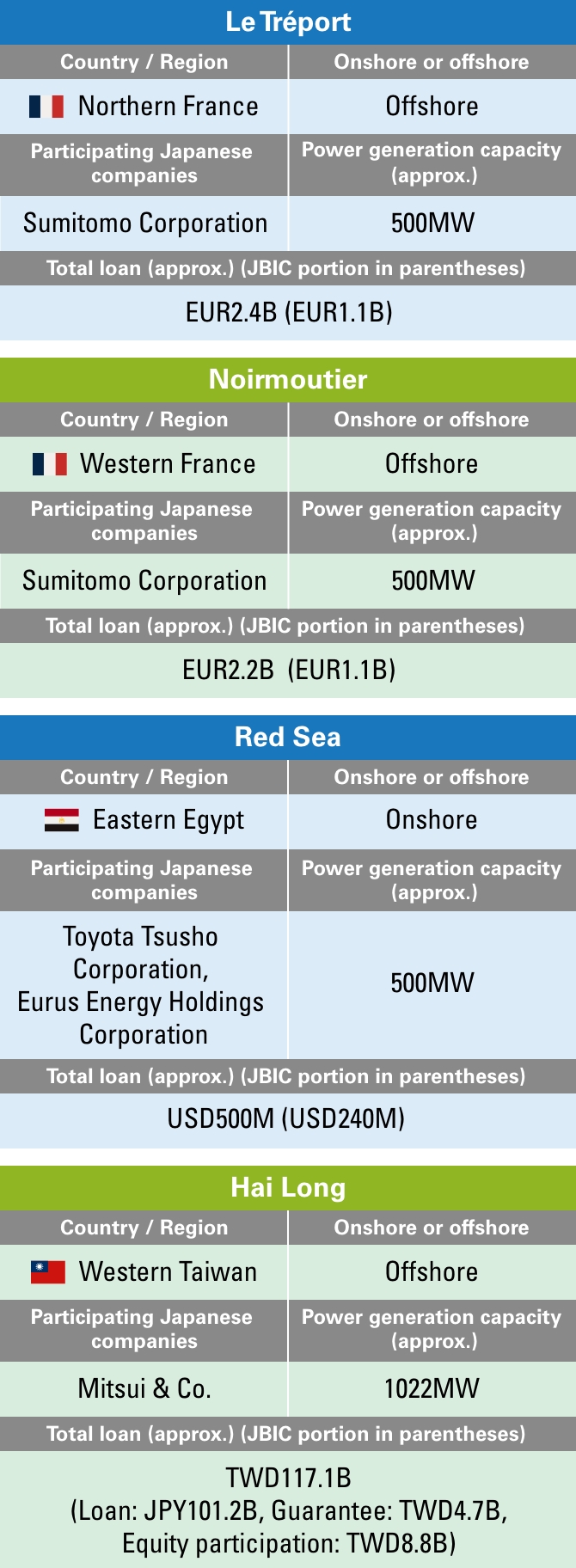
*Reference: TWD1 = USD0.032 (as of January 2024)
A pioneering case of offshore wind power in East Asia with participation of multilateral stakeholders
A project supported by JBIC is also underway in Asia, a latecomer in offshore wind power. In 2023, JBIC participated in the Hai Long offshore wind farm project in Taiwan, in which Mitsui & Co. and other companies hold equity shares. PF agreements for loans of approximately JPY101.2 billion and guarantees of up to approximately TWD4.7 billion were signed in September, and a shareholders’ agreement for up to TWD8.8 billion was signed in October.
In March 2022, Taiwan announced “Taiwan’s Pathway to Net-Zero Emissions in 2050,” which calls for increasing the proportion of renewable energy in its power supply to 60-70 percent by 2050.
The promotion of offshore wind power is in line with this renewable energy transition policy. In Taiwan, sites suitable for offshore wind farms are concentrated on the west side of the main island, which faces mainland China and where this project is located.
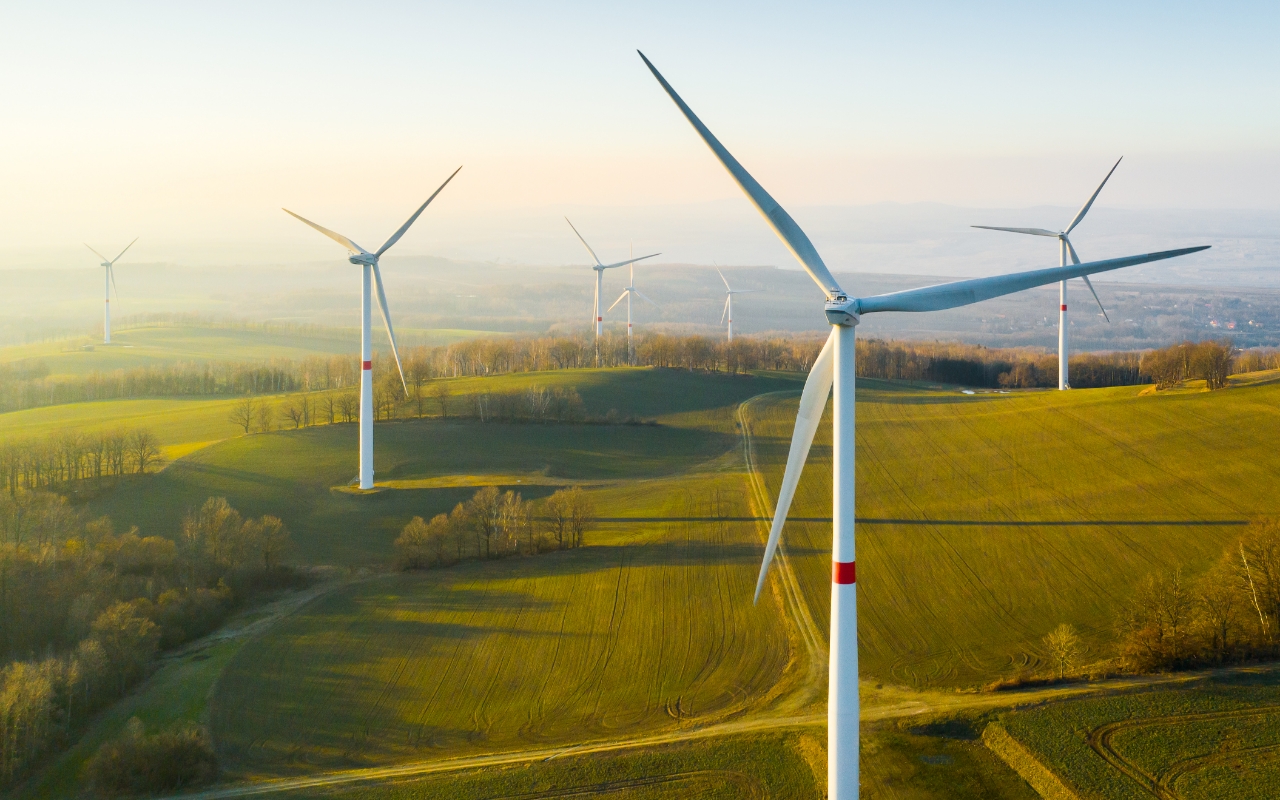
Suitable sites for onshore wind power are limited to open fields, but it has advantages over offshore wind power in terms of cost, construction, and maintenance.
ITO Yuki of the Infrastructure and Environment Finance Group recalls, “In addition to being JBIC’s first offshore wind power project in Taiwan, it was a huge project in terms of the size of the loan. There were also many stakeholders involved so it took quite some time to structure the project.”
Because there is a limit to the amount of money that a single financial institution can bear, the participation of multiple financial institutions becomes essential for large-scale projects. In the end, this project received loans from private financial institutions and other organizations, and obtained guarantees from seven institutions in six countries: the UK, Norway, Belgium, Canada, Australia, and Japan.
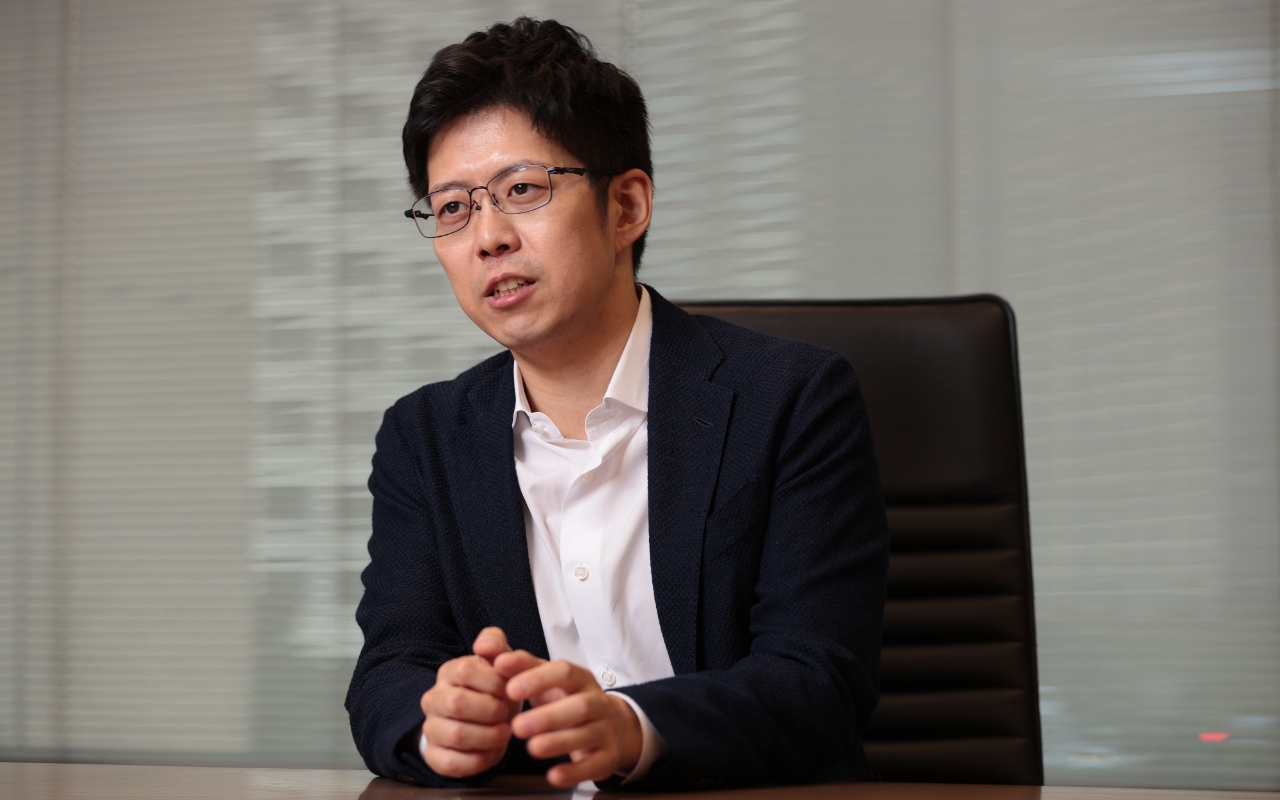
Deputy Director
Division 3 (Asia)
New Energy and Power Finance Department I, Infrastructure and Environment Finance Group, JBIC
ITO Yuki
TAMURA Masayuki, who was also responsible for the project, notes, “Offshore wind power projects in Taiwan attract a great deal of attention, but there are still few precedents, and the supply chain is also underdeveloped. We carefully proceeded to examine the feasibility of the project, centering on construction risks.”

Division 3 (Asia)
New Energy and Power Finance Department I, Infrastructure and Environment Finance Group, JBIC
TAMURA Masayuki
Compared to Europe’s stable seafloor geology, Taiwan’s is more complicated. There is also the risk of typhoons and other natural disasters. In addition, coordination with the fishing industry is essential, presenting high hurdles to implementing a project.
“However, Taiwan is taking the lead in Asia’s offshore wind power, so there are high expectations that the expertise and experience gained there can be applied elsewhere, of course including Japan,” notes ITO.
Amid the global renewable energy transition, expectations for wind power are growing. JBIC will also support its promotion from both land and sea.
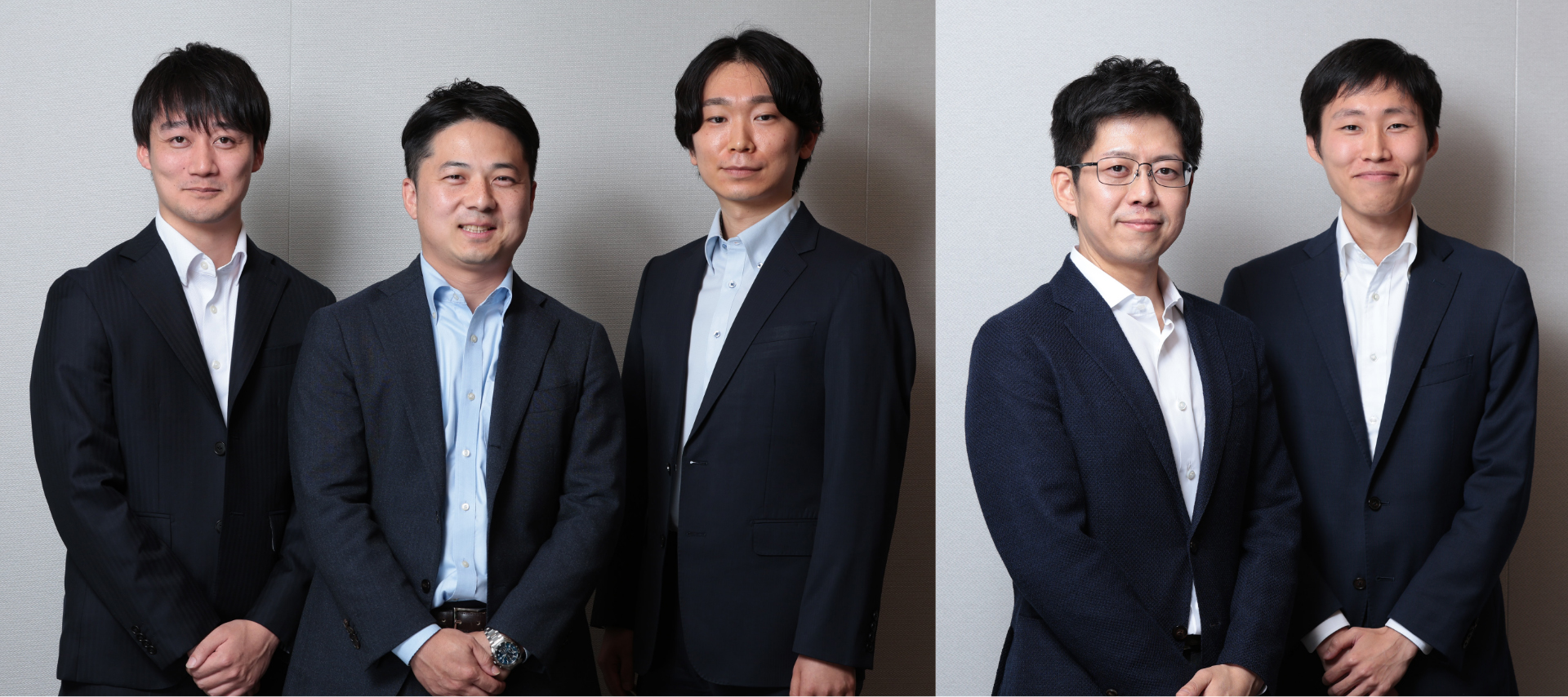
offshore wind power project Press release on Noirmoutier
offshore wind power project







